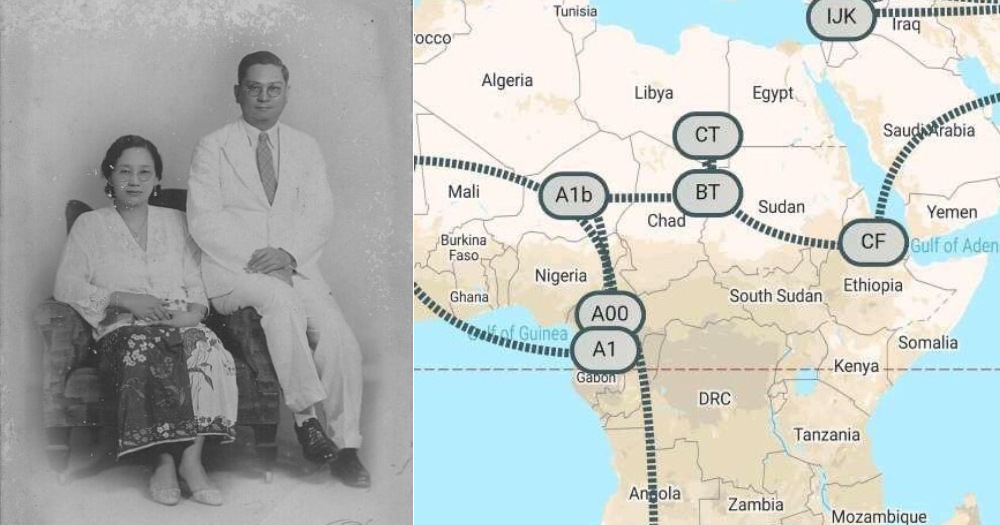Since I was young, one family mystery has always piqued my interest.
That is my father’s ancestry.
My mother’s is pretty straightforward. A Chinese looking and speaking family that came from a village in the Malaysian state of Malacca.
No questions about lineage there; her ancestors migrated over from the island of Hainan.
My father’s side — who identify as Peranakan — however, has always been the subject of wild tales at large family gatherings.
In one iteration, a paternal ancestor from China had stowed away on a ship only to end up working on a plantation in the African island nation of Mauritius, of all places.
There he worked his way into the good graces of the French plantation owner, enough so that he was granted permission to wed his boss’ daughter.
Through the years, details of this one particular story have varied, depending on the person telling the story and the amount of alcohol involved.
Sometimes Mauritius made an appearance, sometimes it didn’t. The plantation owner’s ethnicity changed from French to Chinese, and even African between tales.
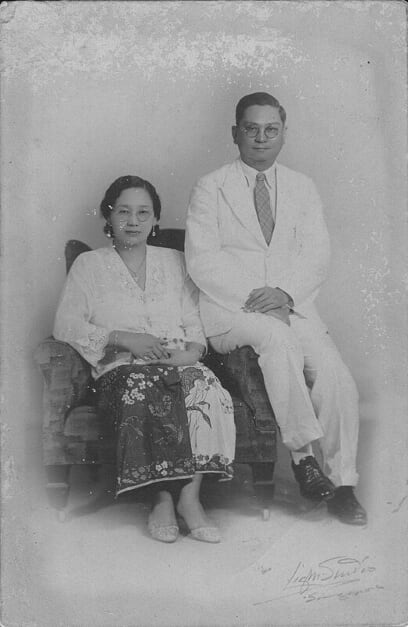 The only photo of my oldest ancestors — my paternal great grandfather and grandmother.
The only photo of my oldest ancestors — my paternal great grandfather and grandmother.
All this is to say that ancestry in my father’s family is a complex issue.
Singapore the salad bowl
Talking to some of my colleagues at Mothership, complex and mysterious family history seems commonplace — no surprise since Singapore is a salad bowl of cultures and ethnicities that don’t necessarily fit nicely into our CMIO categorisations.
Take for example fellow writer Sumita Thiagarajan, who described her family history as “mostly a lot of question marks”.
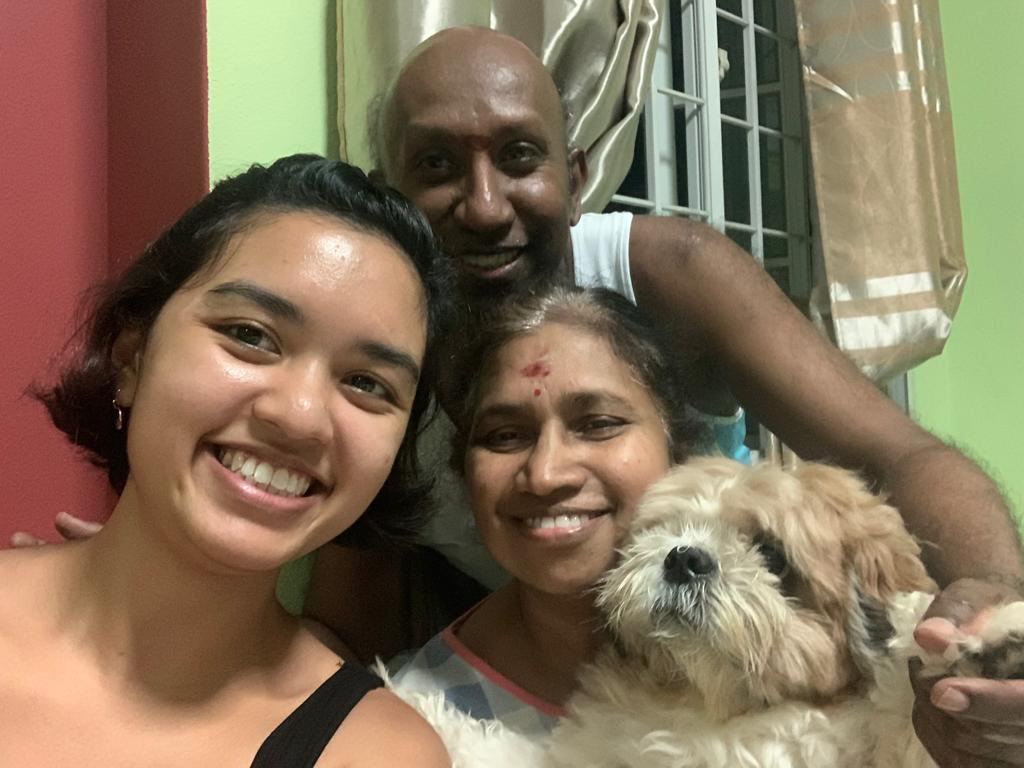 Sumita Thiagarajan and her parents
Sumita Thiagarajan and her parents
What she does know is that her paternal grandfather is from Mysore and her maternal grandfather is possibly from Chettinad — both located in India.
As far as her grandmothers go, Sumita is largely in the dark.
Her parents were both born in Singapore and contact with their relatives back in India stopped with the passing of her grandfather 10 years ago.
However, for writer Darryl Laiu, it’s quite the opposite. He said that any DNA test would most likely turn up results that are “quite boring”.
“I think it will say most of my lineage is from China.”
As far as he knows, his ancestors hailed from Guangzhou and Fujian in China, though his family have called Singapore home for three generations.
“Based on what I know, it’s unlikely,” he said when I asked him if he thought there was anything out of left-field in his ethnic make-up.
“But I'm open to being surprised.”
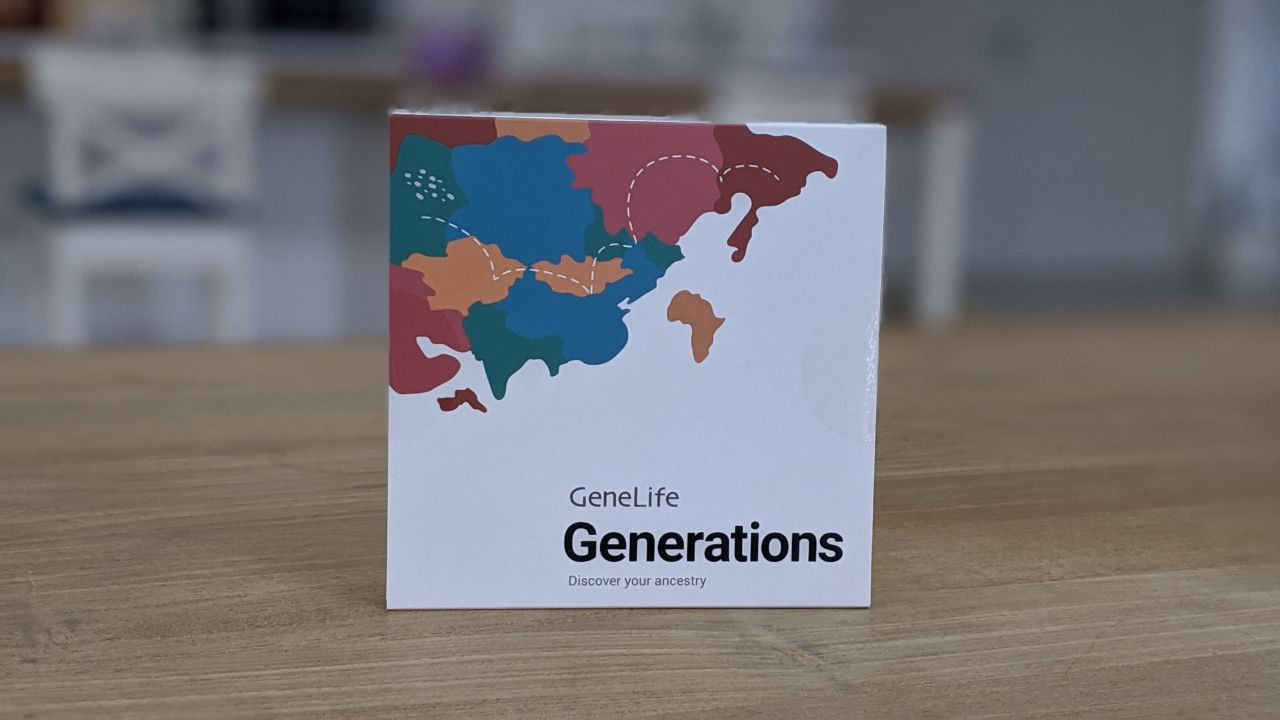
An Asian-focused DNA test kit
So what’s the solution if you want the answers to these questions of family history and ancestry?
Well, one option available is GeneLife’s Generations kit.
The kit leverages on over 16 years of research and development focused on Asian populations to bring users answers regarding their ethnic mix, lineage, and even possible migration routes from generations ago.
It’s also pretty easy to use, as my colleagues and I discovered after we decided to use GeneLife’s kit to satisfy our curiosities.
After getting the kit, all we had to do was spit into a vial and mail it back to GeneLife’s office here in Singapore.
Here’s Sumita and her spit:
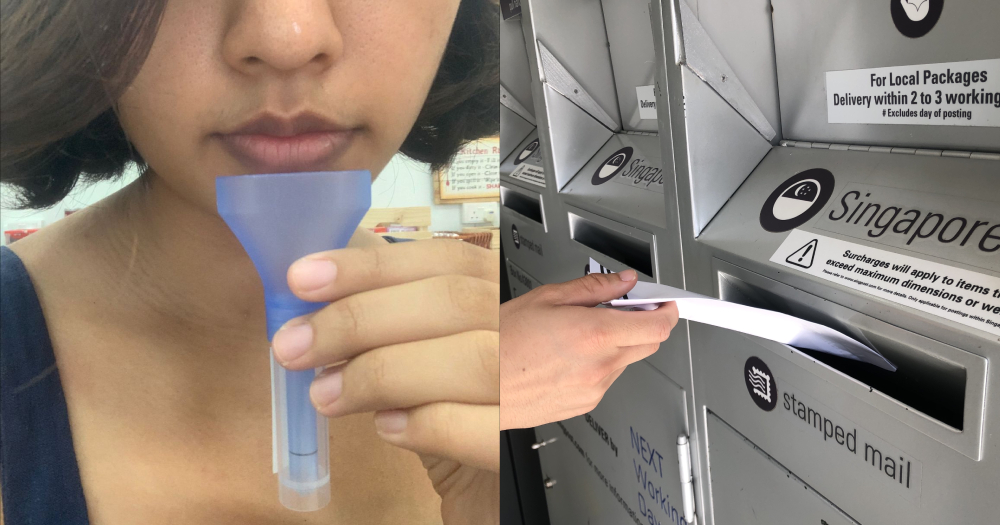
Results Reveal
Four weeks later, we got our results and there were quite a few surprises.
Laiu — who had thought his test would come with boring results — ended up having quite a mix. It turns out that apart from being 65 per cent Han Chinese, Laiu owes 30 per cent of his lineage to the Dai people — an ethnic minority originating from Southern China.
According to the information on the GeneLife, Dai Chinese are found throughout South East Asia, in countries like Laos and Thailand.
There was also the presence of Japanese and Thai in Laiu’s ethnic composition.
“My dad was really excited,” he said to me. “He’s really into history and these kinda things.”
Laiu, himself was quite surprised upon seeing the results.
“It’s really interesting. Makes me even more curious about my family history now.”
When I spoke to Sumita about her results, she couldn’t stop beaming.
“When I saw it my first instinct was to laugh, I was just grinning from ear to ear,” she said.
Sumita’s DNA test uncovered that she was actually 34 per cent Kinh, an ethnic group native to Northern Vietnam.
The results opened up all sorts of questions about her ancestry and renewed her interest in finding out more about the life of her maternal grandmother.
“I did share it with my parents, and my mum doesn’t know where my grandmother is from. So it gives her an insight.”
“I just wonder if my ancestors had all that drama,” she said giggling.
“Like they wanted to marry someone who’s outside the race, was it super dramatic and stuff?”
Family mystery solved — kinda
So how about my family mystery?
Well, my DNA test didn’t indicate any French blood, though there were some unexpected results.
It turns out I’m seven per cent Dai, six per cent Filipino, seven per cent Kinh, and one per cent Middle Eastern — all of which is a surprise to me.
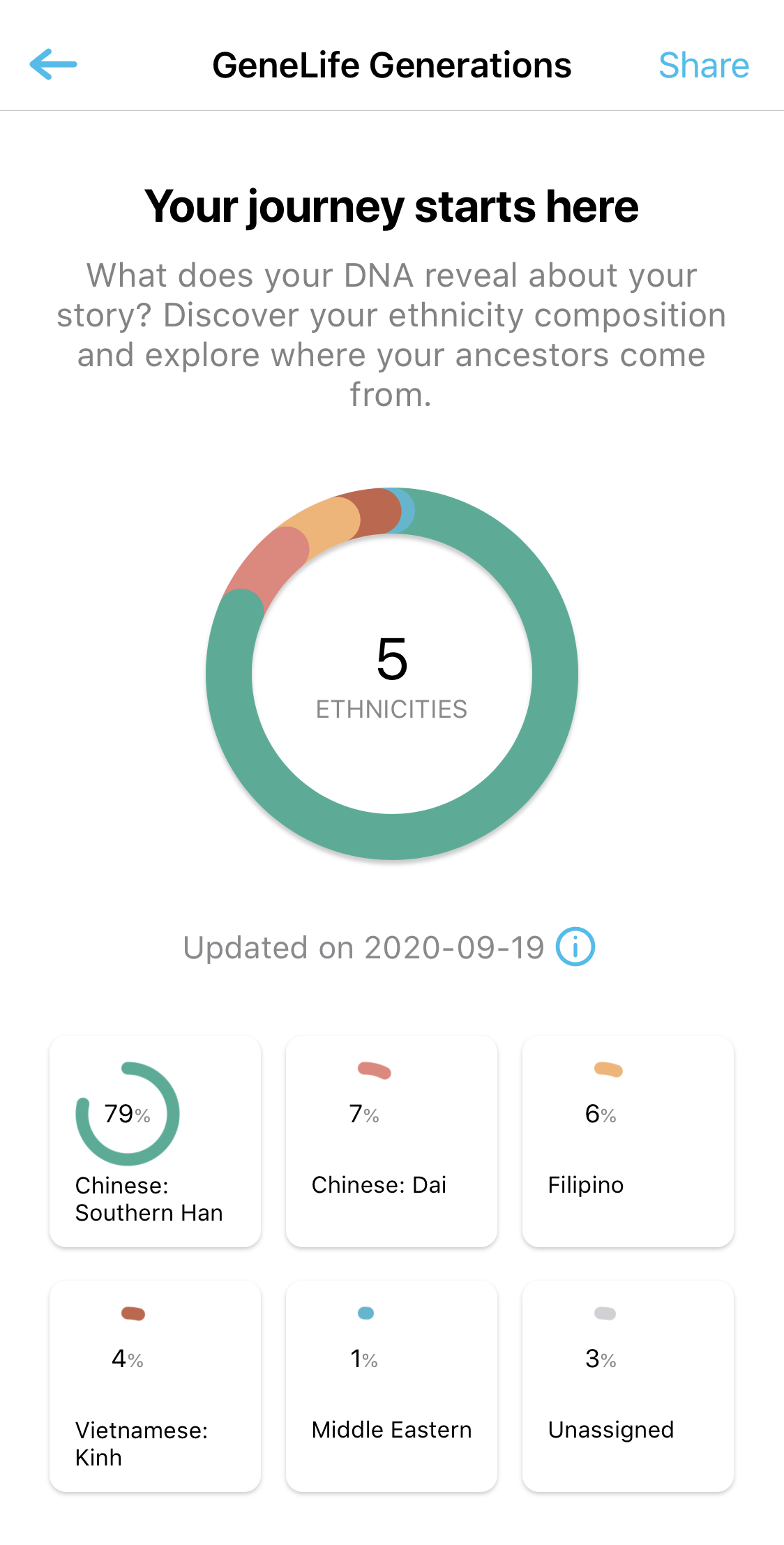
However, that doesn’t necessarily put a nail in the coffin of my father’s so-called French ancestry.
According to the scientists at GeneLife, the set of chromosomes we inherit from our parents is a random mix of what they inherited from each of their own parents. The randomness of this means that the amount of DNA we inherit from our ancestors is not as straightforward as 25 per cent from each grandparent, 12.5 per cent from each great-grandparent, and so forth.
In fact, ethnicity composition might be influenced by different ancestors, which might be passed at different levels across generations. Some family members may inherit more of a particular ancestor's genes more than others do; siblings may have different ethnic composition.
So it is still possible that I have a French great great great great grandmother but I haven’t received her DNA.
In any case, my test results have opened up a whole new world of possibilities as far as family mysteries go.
Apart from the totally unexpected ethnicities the test uncovered, GeneLife also provides a nifty migration map which shows routes that my ancestors were likely to have taken from over hundreds of thousands of years ago.
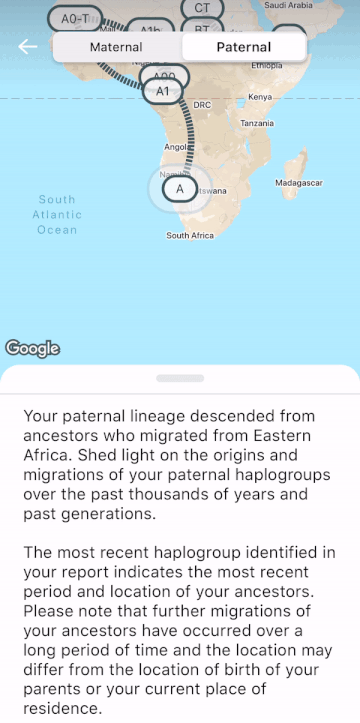
The map includes some facts that will definitely prove fascinating to history buffs like Laiu’s father by providing further insights about their family origins, found in the migration patterns of their ancestors.
For example, while both Laiu’s maternal and paternal lineages originated from Africa, different migration routes were observed.
The maternal ancestors of Laiu are believed to have migrated to Eurasia some 70,000 years ago and subsequently towards South East Asia. His paternal ancestors were traced back to East Asia about 35,000 years ago, which are now observed across modern populations of China, Tibet and South-East Asia.
For my parents' lineages, both started in Southern Africa and migrated into Asia through the Middle East — intriguing stuff that already set the extended family WhatsApp chat abuzz.
GeneLife’s Generations test kit brings users on a personal journey through time to discover what their DNA reveals about their ethnic mix and their lineage, providing unique experiences about possible migration routes from generations ago.
If you’re interested in finding out about your own ancestral heritage and ethnic mix, Mothership readers can get the Generations kit at a special price of just SGD$119 (instead of $199) using the following promo code: MOTHERSHIPGS. This code will be valid till 18 October 2020, after which it can still be used to purchase the kit at SGD$129.
Find out more here.
Writing this sponsored article by GeneLife helped the writer to solve a longstanding family mystery that’s been gnawing at him forever.
If you like what you read, follow us on Facebook, Instagram, Twitter and Telegram to get the latest updates.
